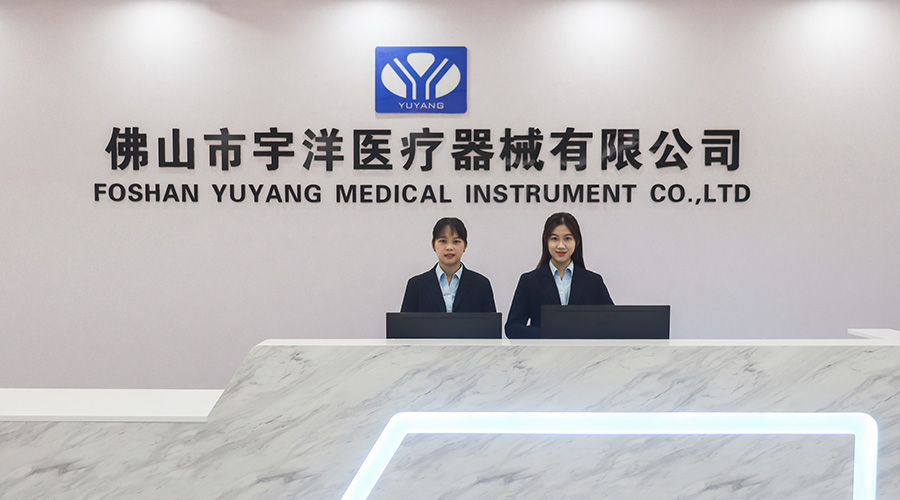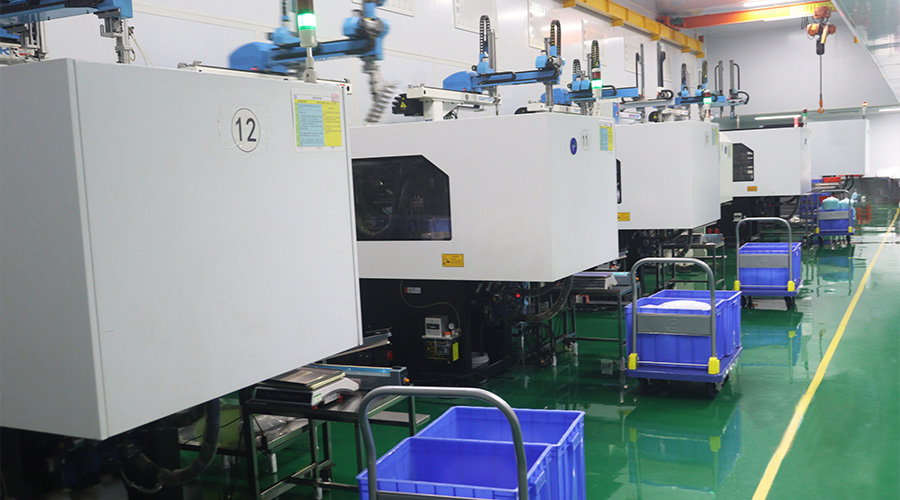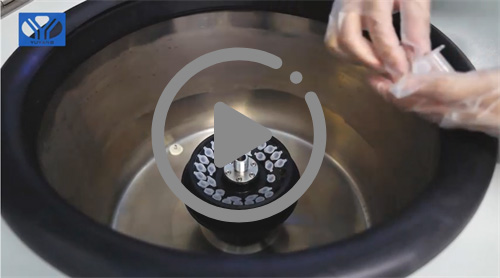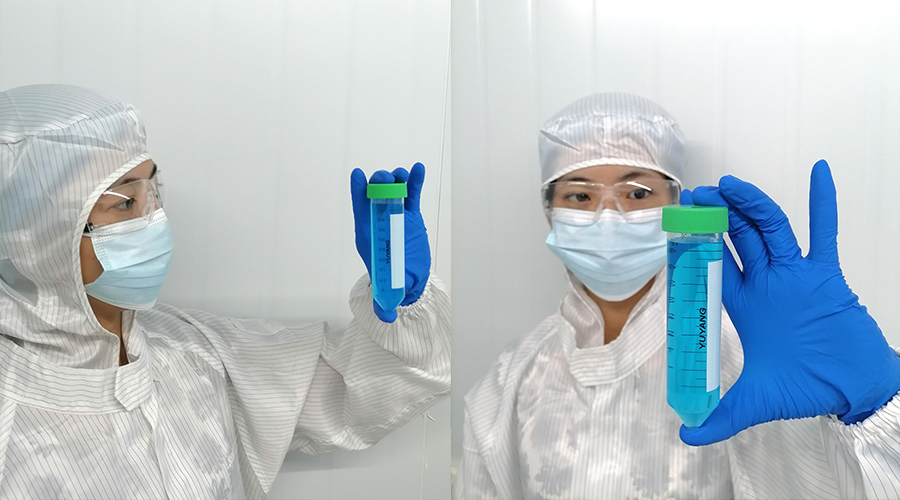
Analysis on The Application of Gold Immunochromatography with Gold Label Cassette
Immunocolloidal gold technology is the fourth largest labeling technology developed after fluorescein, radioisotope, and enzyme labeling technologies. Gold label cassette immunochromatographic strips are the important direction for IVD&POCT. Due to its advantages of simplicity, rapidity, intuitive judgment of results, without special equipment and reagents, It is very suitable for mass detection and large area survey of basic inspection personnel as well as rapid detection of food.
However, there is no domestic molding product for colloidal gold immunochromatographic products in China , and the immunochromatographic products sold on the market are all imported foreign products that are assembled in bulk or directly sold on a commission basis. Due to the huge market for fast food testing products, conducting research in this field in China and developing multiple types of immunochromatographic products as soon as possible can not only avoid a large outflow of domestic funds, but also play a significant role in improving food quality and the national health level of our country.
Further improving detection sensitivity, achieving multivariate detection, and achieving quantitative or semi quantitative detection are three directions for the development of immunochromatographic analysis in the future. The improvement of sensitivity will undoubtedly broaden the detection range of immunochromatographic analysis, and the use of signal amplification systems or some new markers combined with some corresponding simple detection instruments is one of the more promising ways. For the realization of multiple detection, two methods can be used: multi membrane composite or single membrane multiple receptor fixation, which has great application value for the detection of certain substances with joint detection significance. For quantitative and semi quantitative detection, one approach is to use enzymatic reaction chromatography to quantify by the color development height of the chromatographic strip; Another approach is to quantify the substance to be tested by determining the color development time of the detection band under the condition of controlling the amount of sample added. This quantitative method is based on the existence of a certain correspondence between the content of the substance to be measured in the sample and the color development time of the detection band. In addition, the content of the substance to be tested can be determined at a certain concentration range by combining multiple gold standard cartridge chromatographic strips with different sensitivities and observing the color development of each chromatographic strip, thereby achieving semi quantitative detection.
In summary, there are various requirements for immunochromatographic analysis methods. In order to meet the requirements of rapid and simple detection, it is necessary to improve the specificity and sensitivity of the detection as much as possible, and reduce false negatives and false positives. This is particularly important for immunochromatographic products used for self inspection. As a simple and rapid detection technology, immunochromatography will be fully developed and widely used in the field of food detection
Recommend
-
Summary of Application of Gold Immunochromatography with Gol...
-
Production Technology of Gold Label Cassette...
-
Characteristics of Plastic Parts for IVD...
-
Take You To Understand, Special Material for Gold Label Cass...
-
What Are The Storage And Transportation Requirements for IVD...
-
Gold Immunochromatography with Gold label Cassette...
-
Do you know About IVD Reagent Card Materials...
-
What Are The Materials of Plastic Test Tube...








 Language
Language 